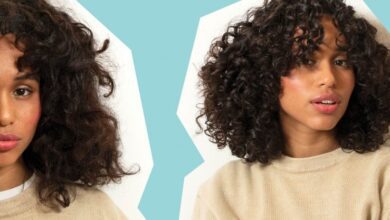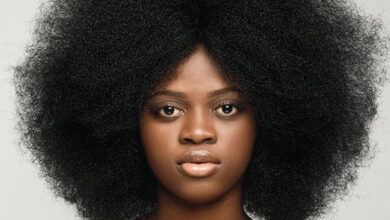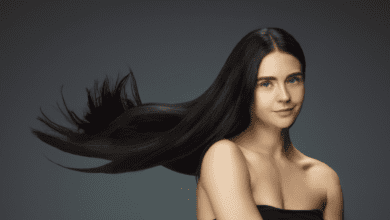
If you’ve ever wanted to switch up your hair color or add some highlights, but weren’t sure how to make it work with your specific hair texture, then this article is for you. “Color Me Beautiful: Dyeing and Highlighting Tips for Every Hair Texture” is a comprehensive guide that will help you navigate the world of hair coloring and highlighting, no matter what type of hair you have. From coarse and curly to fine and straight, this article will provide you with expert tips and tricks to achieve the color of your dreams while keeping your hair healthy and vibrant.

Understanding Different Hair Textures
Straight Hair
Straight hair is characterized by its smooth, sleek, and shiny appearance. It lies flat against the scalp and lacks natural volume or texture. If you have straight hair, you may find it easier to maintain a simple, fuss-free hairstyle. However, when it comes to dyeing and highlighting, straight hair can be a great canvas for experimenting with different colors and styles.
Wavy Hair
Wavy hair falls between straight and curly hair. It has a natural, gentle wave pattern that adds volume and texture to the hair. If you have wavy hair, you have the best of both worlds – the versatility of straight hair and the dimension of curly hair. Dyeing and highlighting wavy hair can enhance its natural texture and add depth to your overall look.
Curly Hair
Curly hair is characterized by its spiral or ringlet-like curls. It is naturally voluminous and can be prone to frizz. If you have curly hair, you know the struggle of keeping your curls defined and hydrated. Dyeing and highlighting curly hair requires careful consideration to maintain the integrity of the curls and prevent excessive dryness.

Coily Hair
Coily hair, also known as kinky or afro-textured hair, has tight, springy curls that form intricate patterns. It is the most fragile and delicate hair texture, requiring extra care and moisture. Dyeing and highlighting coily hair can be a bold and creative way to express your individuality, but it is crucial to protect and nourish your hair throughout the process.
Choosing the Right Hair Color
Consider Your Skin Tone
When choosing a hair color, it is essential to consider your skin tone. Warm skin tones (yellow or golden undertones) typically look best with warm hair colors like honey blondes or rich browns. Cool skin tones (pink or bluish undertones) pair well with cool hair colors such as ash blondes or cool-toned browns. It’s also worth experimenting with complementary or contrasting colors to create different effects that suit your personal style.
Understanding Warm and Cool Colors
Warm colors, such as reds, oranges, and yellows, can add warmth and vibrancy to your hair. Cool colors, such as blues, purples, and greens, create a cooler, more subdued look. Understanding the difference between warm and cool colors can help you choose a hair color that complements your skin tone and enhances your overall appearance.
Consulting with a Professional
If you’re unsure about which hair color will suit you best, it’s always a good idea to consult with a professional hairstylist. They have the expertise and experience to guide you towards the most flattering hair colors for your skin tone and hair texture. A professional can also recommend techniques, such as balayage or highlights, to achieve the desired results.
Matching Hair Color to Your Personality
Your hair color is a reflection of your personality and style. If you want a bold and vibrant look, consider experimenting with bright and unconventional colors like pinks, purples, or blues. On the other hand, if you prefer a more natural and subdued appearance, opt for shades that are closer to your natural hair color. Remember, your hair color should make you feel confident and authentic.
Preparing Your Hair for Color
Clarifying Your Hair
Before dyeing your hair, it’s essential to remove any build-up or residue from styling products and natural oils. Using a clarifying shampoo will cleanse your hair thoroughly, ensuring that the hair color adheres evenly and lasts longer. Follow up with a moisturizing conditioner to restore hydration and prevent the hair from becoming too dry.
Deep Conditioning
Deep conditioning your hair regularly is crucial, especially before coloring. It helps repair and strengthen the hair strands, making them more resistant to damage caused by hair dye. A deep conditioning treatment will also provide much-needed moisture and nourishment, leaving your hair silky and smooth.
Considering a Strand Test
A strand test is a crucial step before dyeing your entire head of hair. It involves applying a small amount of hair dye to a section of your hair to see how the color develops and how it interacts with your hair. This test allows you to gauge the final outcome and make any necessary adjustments before committing to the full application.
Trimming Split Ends
Before dyeing your hair, it’s advisable to trim any split ends or damaged hair. Split ends can prevent the hair dye from distributing evenly and may result in an uneven color application. Regular trims will keep your hair healthy and promote overall hair growth.
Dyeing Techniques for Different Textures
Full Head Color
Full head color involves applying hair dye to your entire head of hair, from the roots to the ends. This technique is suitable for all hair textures and provides a uniform color. It’s an excellent option if you want a dramatic change or a completely new look.
Root Touch-Up
Root touch-up is a technique used to cover up regrowth or gray roots. This method targets the roots only, leaving the rest of the hair untouched. It is especially useful for maintaining the color of previously dyed hair and extending the time between full dyeing sessions.
Balayage
Balayage is a freehand hair coloring technique that creates a natural, sun-kissed effect. It involves hand-painting highlights onto the hair, focusing on the mid-lengths and ends. Balayage is particularly popular among those with wavy or straight hair, as it adds dimension and depth to the hair.
Ombre
Ombre is a gradient hair coloring technique that involves transitioning from a darker color at the roots to a lighter color at the ends. This technique works well for all hair textures and provides a striking contrast. Ombre can be customized to achieve a subtle, natural look or a bolder, more dramatic effect.
Highlights
Highlights are lighter sections of hair that are strategically placed throughout the hair. They can be used to add dimension, create contrast, or brighten the overall appearance. Highlights work well on all hair textures, but the placement and thickness may vary depending on the desired effect.
Low Lights
Low lights are darker sections of hair that are added to create depth and dimension. They are usually applied alongside highlights to create a balanced and harmonious look. Low lights work well on all hair textures and can be an excellent option for those who want a more subtle change.

Tips for Dyeing Straight Hair
Applying Dye Evenly
When dyeing straight hair, it’s crucial to apply the hair dye evenly to ensure a uniform color. Divide your hair into sections and apply the dye from roots to ends, making sure to saturate each strand thoroughly. Use a comb or brush to distribute the color evenly and prevent any patchy areas.
Avoiding Over-Processing
Straight hair tends to be more prone to damage and over-processing. To avoid damaging your hair, follow the recommended processing time provided with the hair dye. Leaving the dye on for too long can lead to dryness and breakage. Rinse out the dye thoroughly and follow up with a moisturizing conditioner.
Protecting the Hairline and Scalp
Before applying hair dye, apply a barrier cream or petroleum jelly along your hairline and around your ears to protect your skin from staining. You can also use a thin layer of conditioner or oil to create a protective barrier. This will help prevent any unwanted color on your skin.
Maintaining Vibrancy with Proper Care
To maintain the vibrancy of your straight hair color, it’s important to use hair products specifically formulated for color-treated hair. These products will help lock in the color and prevent it from fading. Additionally, avoid excessive heat styling and limit exposure to chlorine and sun, as these can cause color to fade more quickly.
Tips for Dyeing Wavy Hair
Enhancing Natural Waves
When dyeing wavy hair, it’s essential to consider how the hair color will interact with the natural wave pattern. Lighter shades tend to emphasize waves and create a sun-kissed effect, while darker shades can add depth and dimension. Work with your hairstylist to choose a hair color that enhances your natural waves and complements your skin tone.

Creating Dimension with Highlights
Adding highlights to wavy hair can create the illusion of depth and texture. Choose lighter shades that are a few shades lighter than your base color to achieve a natural look. The highlights should be strategically placed throughout the hair to mimic the way the light naturally hits the waves, creating a beautiful contrast.
Choosing Colors for Defined Waves
Defined waves are often more noticeable and can benefit from richer and more vibrant hair colors. Consider opting for warm, golden tones or even reds to bring out the beauty of your defined waves. These colors can add warmth and dimension, making your wavy hair appear more luscious and full.
Preserving and Enhancing the Texture
To preserve and enhance the texture of your wavy hair, opt for semi-permanent or demi-permanent hair color. These types of hair color are less damaging and allow your natural waves to shine through. Avoid over-processing and maintain a regular deep conditioning routine to keep your wavy hair healthy and hydrated.
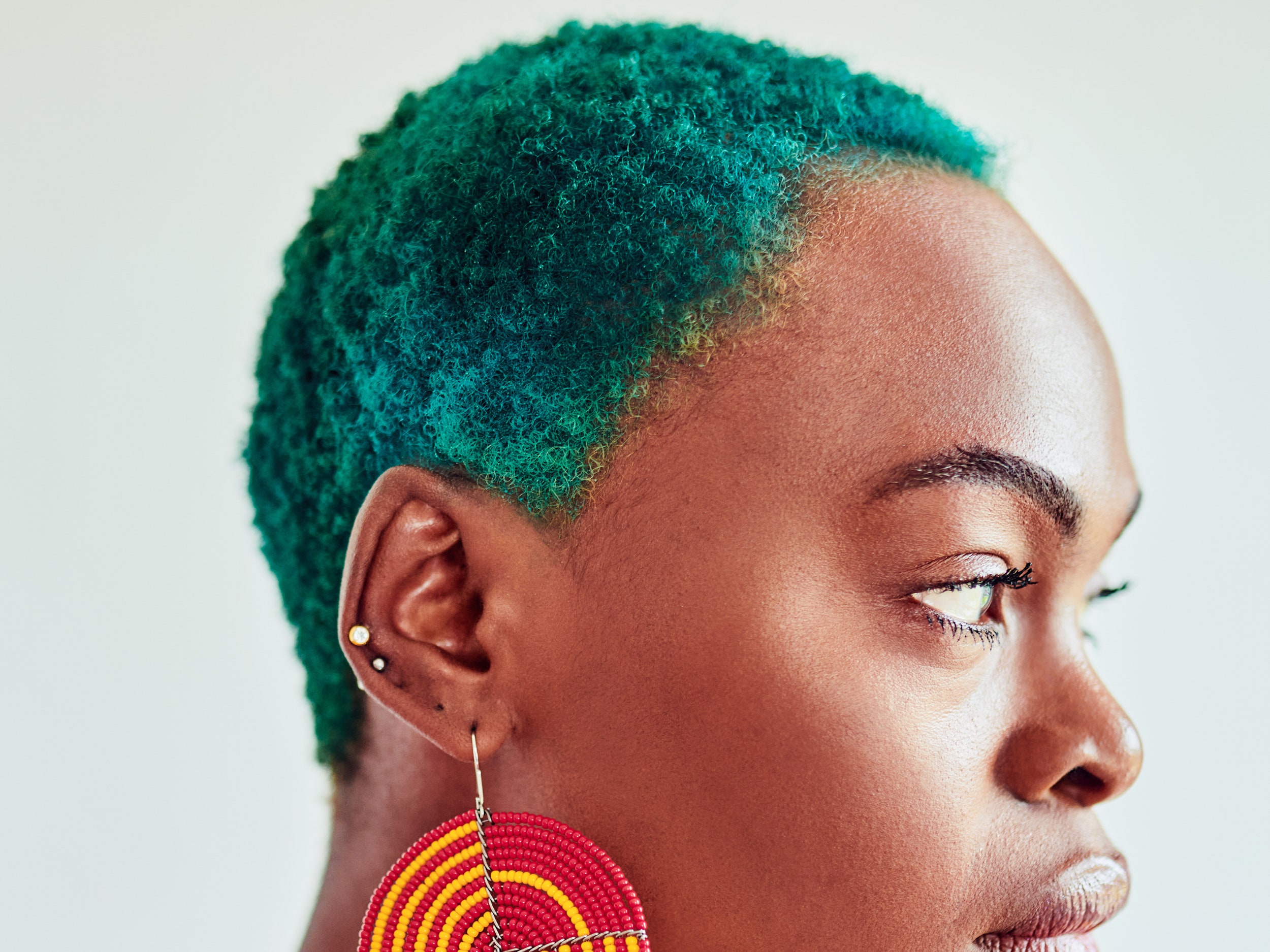
Tips for Dyeing Curly Hair
Dealing with Hair Porosity
Curly hair is often more porous, which means it absorbs and loses moisture more quickly. This can affect how the hair color develops and fades. Before dyeing your curly hair, consider pre-treating it with a protein treatment to reduce porosity and provide a more even color result. Additionally, follow up with regular deep conditioning treatments to retain moisture and prevent dryness.
Defining Curls with Color
Dyeing curly hair can help define and enhance the natural curl pattern. Opt for a hair color that complements your skin tone and choose shades that will add depth and dimension to your curls. Embrace your curls and let them shine through the hair color, creating a stunning and unique look.

Preventing Frizz and Dryness
Curly hair is prone to frizz and dryness, especially after dyeing. To combat these issues, use hydrating and moisturizing hair products designed for curly hair. Avoid using harsh shampoos that strip the hair of natural oils and opt for sulfate-free, moisturizing alternatives. Regular deep conditioning treatments and leave-in conditioners are also beneficial for maintaining moisture and reducing frizz.
Refreshing and Reviving Curls with Color
If your curls have become dull or lackluster, consider refreshing them with a color gloss or color-refreshing treatment. These treatments deposit a small amount of color into the hair, reviving and enhancing the existing color. They can also add shine and vibrancy to your curls without the commitment of a full hair dyeing process.
Tips for Dyeing Coily Hair
Hydrating and Moisturizing
Coily hair requires extra hydration and moisture due to its natural texture. Before dyeing your coily hair, ensure it is well-moisturized to prevent excessive dryness and breakage. Deep condition your hair regularly and use hydrating hair products specifically formulated for coily hair. This will help maintain the integrity of your hair and prevent damage during the coloring process.
Embracing Bold and Vibrant Colors
Coily hair is a fantastic canvas for bold and vibrant hair colors. Don’t be afraid to experiment with bright blues, purples, or fiery reds to showcase your unique style and personality. The natural volume and texture of coily hair can create stunning visual effects with vibrant hair colors, making a bold statement.
Avoiding Excessive Heat
Coily hair is more susceptible to heat damage, and excessive heat can lead to dryness and breakage. When dyeing your coily hair, avoid using high heat settings on styling tools and limit heat styling as much as possible. Embrace your natural texture and allow your coily hair to shine through the color.
Protecting Coily Hair during the Coloring Process
When dyeing coily hair, it’s important to take extra precautions to protect your hair from damage. Section your hair to ensure even application of the hair dye and minimize tangling. Use a wide-toothed comb or your fingers to distribute the hair dye, gently detangling any knots. Additionally, consider using a satin or silk pillowcase or headscarf to reduce friction and prevent breakage.
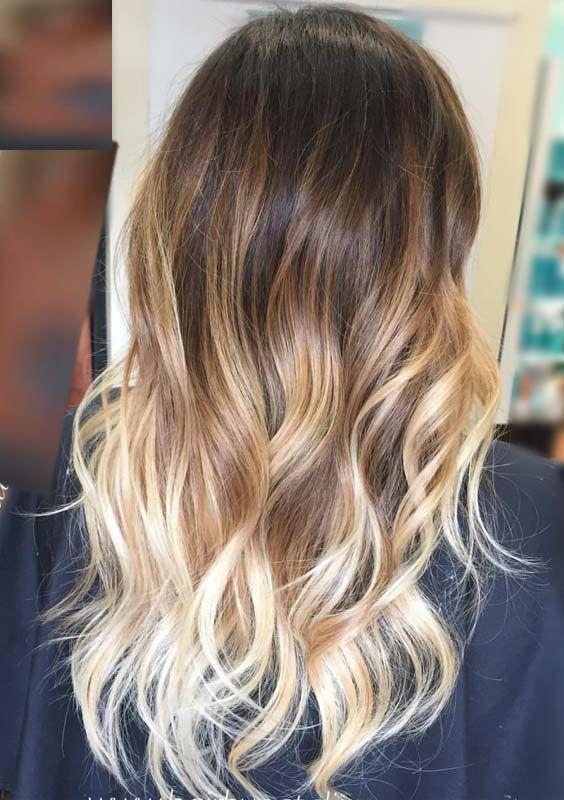
Maintaining Color-Treated Hair
Using Color-Protecting Shampoos and Conditioners
To maintain the vibrancy and longevity of your color-treated hair, opt for shampoos and conditioners specifically formulated for color-treated hair. These products are designed to be gentle and moisturizing, while also protecting the hair color from fading. Look for products that are sulfate-free and contain UV filters for added protection.
Avoiding Hot Water and Harsh Hair Products
Hot water can strip the hair of its natural oils, leading to color fade. When washing your hair, use lukewarm or cool water to protect the color and maintain its vibrancy. Additionally, avoid using harsh hair products that can strip the hair color and cause dryness. Opt for gentle and hydrating products that nourish and moisturize the hair.
Protecting Hair from Sun Exposure
Sun exposure can cause color-treated hair to fade more quickly. To protect your hair from UV damage, wear a hat or use UV-protectant hair products when spending time outdoors. Additionally, consider using leave-in conditioners or hair serums that provide an extra layer of protection against the sun’s harmful rays.
Regular Touch-Ups and Maintenance
To keep your color-treated hair looking fresh and vibrant, schedule regular touch-ups and maintenance appointments with your hairstylist. They can address any regrowth, touch up faded areas, and recommend treatments to keep your hair healthy and hydrated. Regular trims will also help prevent split ends and maintain the overall health of your hair.
Conclusion
Dyeing and highlighting your hair can be an exciting way to express your personal style and enhance your natural beauty. Understanding your hair texture and considering factors such as skin tone and desired result are key to achieving the best possible outcome. By following the tips and techniques specific to your hair texture, you can ensure a successful dyeing experience and maintain the vibrancy of your color-treated hair. Remember, consulting with a professional hairstylist is always a smart choice to receive personalized advice and create a look that suits you perfectly. So go ahead, embrace the world of hair color, and let your vibrant personality shine through!
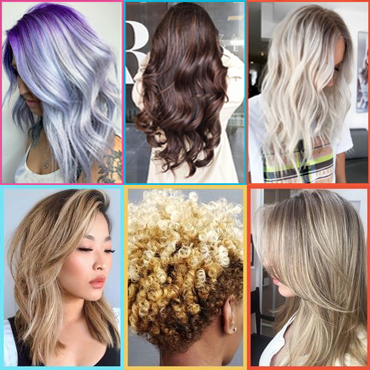
Stylish.ae’s Definitive Guide To 2023’s Hottest Haircuts(Opens in a new browser tab)
Unlocking The Secrets Of Your Hair Type: A Comprehensive Guide(Opens in a new browser tab)
Embracing Natural Textures: Curly Haircut Trends On Stylish.ae(Opens in a new browser tab)


